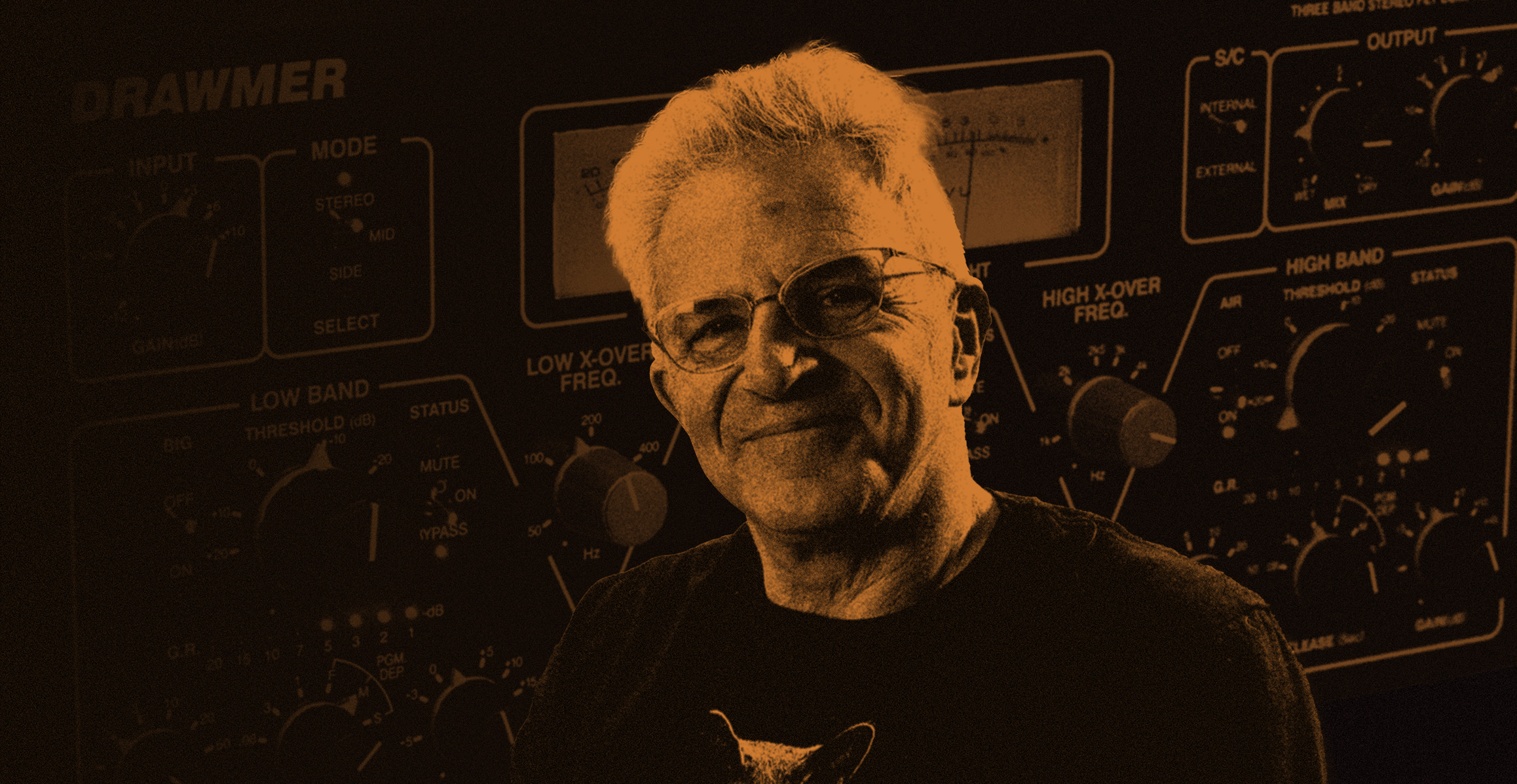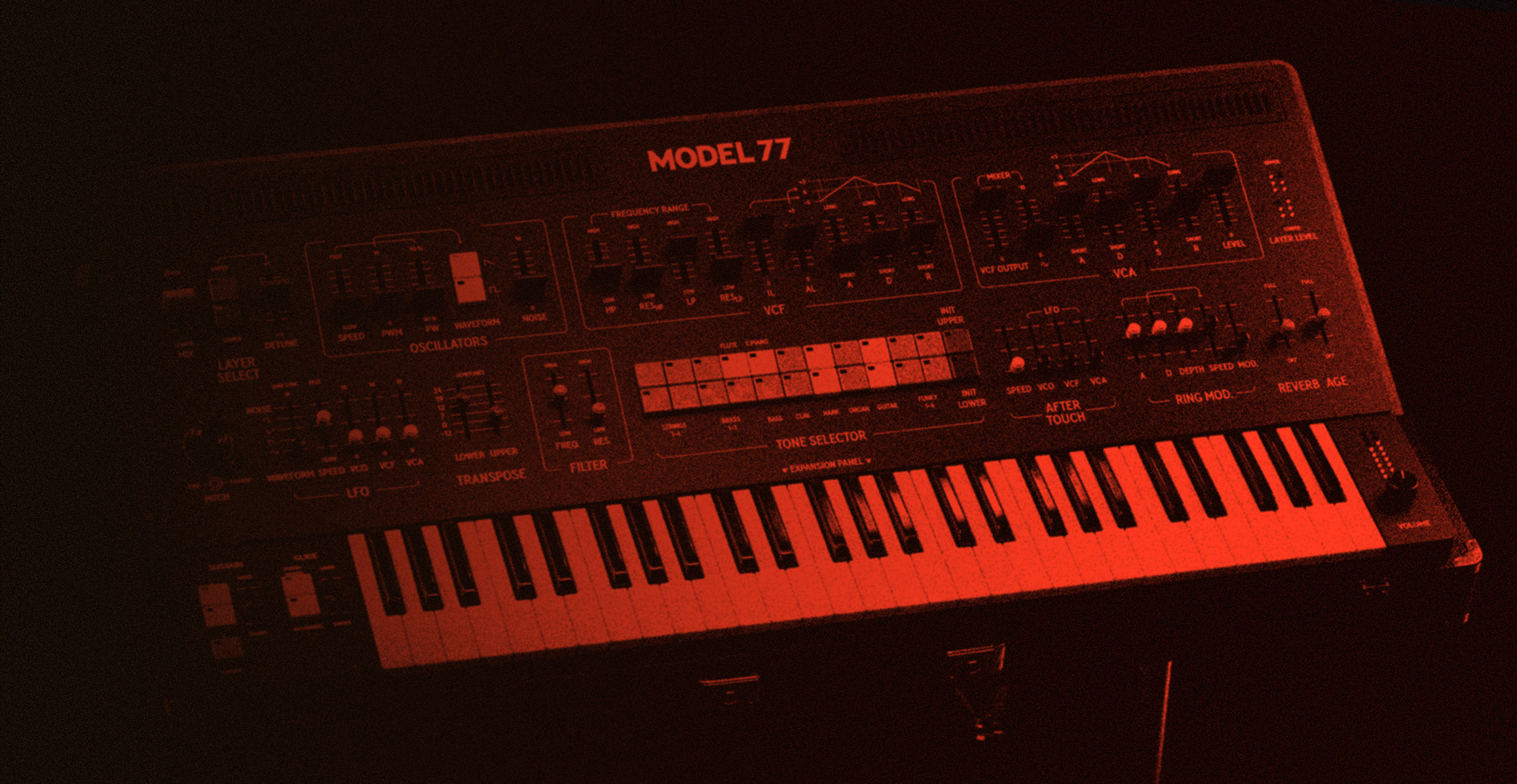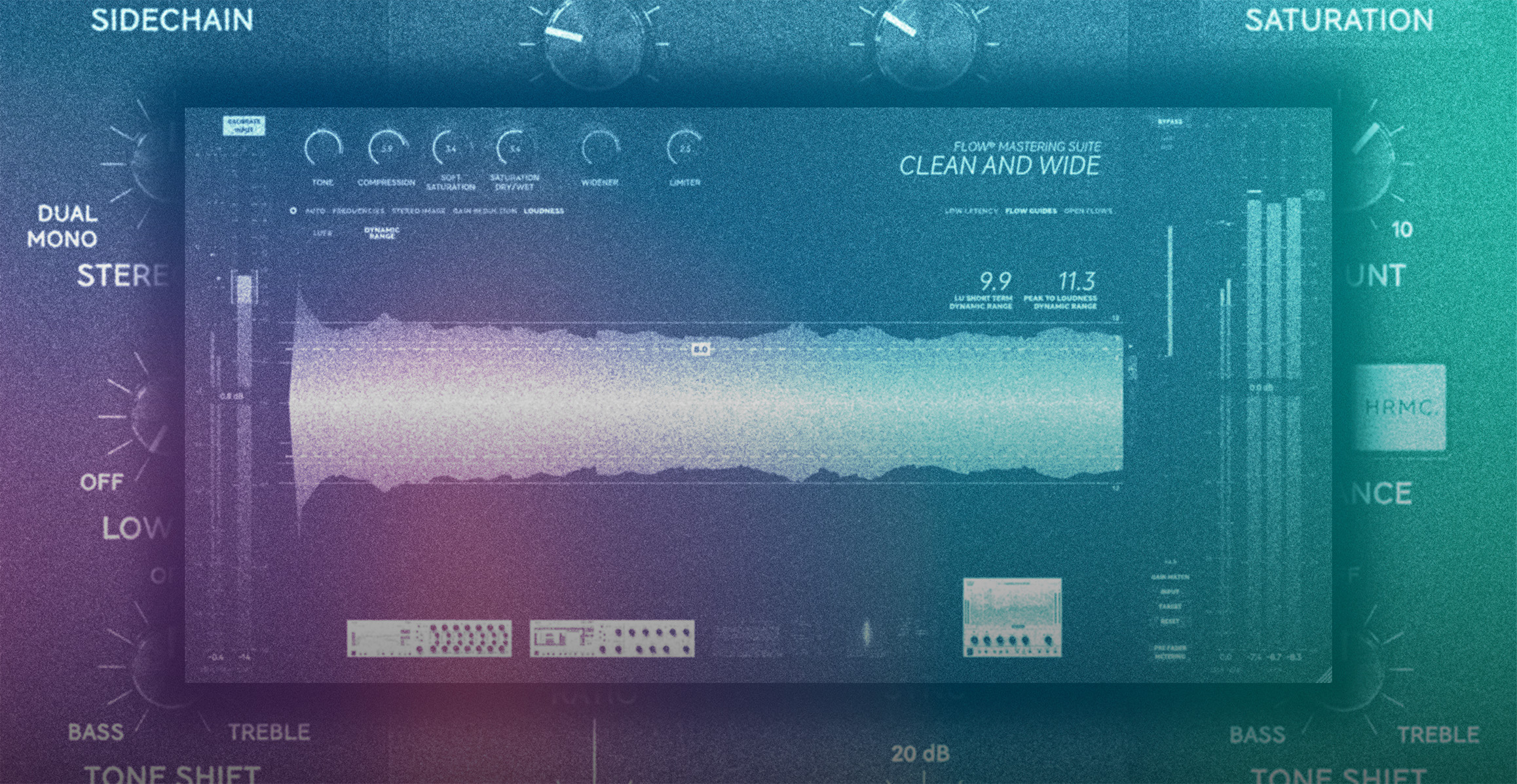For music producers, mastering music can feel like a daunting task. And while mastering is all about finding a delicate balance on a technical level, it also needs to allow artistic vision to shine through. Dynamic range helps ensure your track sounds professional and maintains its emotional impact. This article explains why dynamic range matters, how to keep an eye on it with metering tools, and how that can help you create better-balanced, more engaging masters without sacrificing your artistic vision.
IS FOCUSING ON LUFS OUTDATED?
For years, LUFS (Loudness Units relative to Full Scale) has been the standard for measuring loudness, especially with streaming platforms normalizing playback volume around -14 LUFS. However, focusing on LUFS alone can do your track a disservice since it does not account for the dynamic range of a track, and that plays a crucial role in how impactful and clear your music sounds.
WHAT IS LUFS?
LUFS measures how loud a track feels to human ears rather than just its peak loudness. This became important as platforms started normalizing playback volumes (usually around -14 LUFS for Spotify) to prevent huge volume jumps between tracks.
WHY LUFS IS NOT ENOUGH
If you only aim for a specific LUFS value, you might over-compress your track. This can squash the dynamic range, leading you to miss potential emotional impact and important transient detail that makes the track feel less punchy.
A better approach combines LUFS with dynamic range metering. This allows you to reach your desired LUFS levels while preserving dynamics for a more impactful punch.

WHAT IS DYNAMIC RANGE AND WHY DOES IT MATTER?
Dynamic range refers to the contrast between the quietest and loudest parts of your track. A bigger dynamic range can create a more powerful impact, and a smaller range can squash the life of the track. Dynamics in a song create contrast and tension/release between the verse and chorus, for example, ensuring your big hook has the impact it needs. If the music is too compressed and equally loud throughout, you miss important contrasts between the song’s distinct parts. You might also end up tiring the listener with ear fatigue.
One important thing to know is that not all songs are created equal. Not all tracks or styles of music require a big dynamic range. It all depends on the type of song, genre, style, intensity, energy, and what the artist wants to convey. For example, classical music requires a bigger dynamic range than a modern pop or EDM track.
CHECK YOUR DYNAMIC RANGE METERS
To achieve professional-quality masters, you should use various tools alongside LUFS metering. Examples include peak and true peak meters and, most importantly, dynamic range meters. This way, you ensure that your track has clarity, emotional depth, and musicality instead of just loudness. As a rule of thumb, you should aim to keep your dynamic range PSR (peak-to-short-term-loudness ratio) to a value over 8 to make sure there’s still some life left in your track. As always, we would like to highlight the importance of checking your work against reference tracks in your genre to make sure you are on the right path.
THREE TIPS FOR MASTERING WITH DYNAMIC RANGE IN MIND
1. Consider your genre: Different genres have different dynamic range expectations. For example, classical music requires more dynamic range than pop or EDM. You could also argue that having a dynamic track is equally important to any modern pop song that wants to convey the emotions and energy of the artist and the mood of the track.
2. Balance compression and limiting: Use compression to control peaks, but not to the point that you lose dynamic variation. Preserve punch without flattening the mix, allowing the music to breathe.
3. Use metering: Always check dynamic range meters as well as LUFS and peak meters to get the full picture of how your track is doing.
Keeping an eye on your metering tools lets you visualize how much dynamic range you are working with and helps you make informed decisions about compression and limiting so that your track sounds the best it can.
TO SUM IT UP
Dynamic range is more than just a technical term — it is one of the keys to unlocking the full punch potential and emotional effect of your music. While LUFS and other metering standards are useful, focusing solely on loudness can lead to squashed tracks, listener fatigue, and a loss of impact. By taking a broader approach, using dynamic range meters, and mastering with a balance between loudness and dynamics, you can create tracks that sound punchy, clear, and engaging across all platforms.

CONSOLE 1 FADER: A MECHANICAL ENGINEER'S POINT OF VIEW
Console 1 Fader Mk III has a lot of parts. Find out the component of the DAW controller our mechanical engineer likes best and get a behind the scenes look at the design and manufacture of the hardware from a unique perspective.

SMC 2B OR NOT 2B: THAT'S THE MULTIBAND QUESTION
Multiband compression questions? Mastering engineer and professor Jonathan Wyner has answers about multiband compressors and multiband tools. Get his thoughts and tips for how to use multiband compression in your music production in this article.

MODEL SERIES AT A GLANCE
Emulated. Elevated. And full of heart, soul, and Rock & Roll science. From the legendary Model 77 Dual Layer Synth to the Synthwave master Model 84 Polyphonic Synthesizer. Take a peek at what our popular model series synths are made of.

